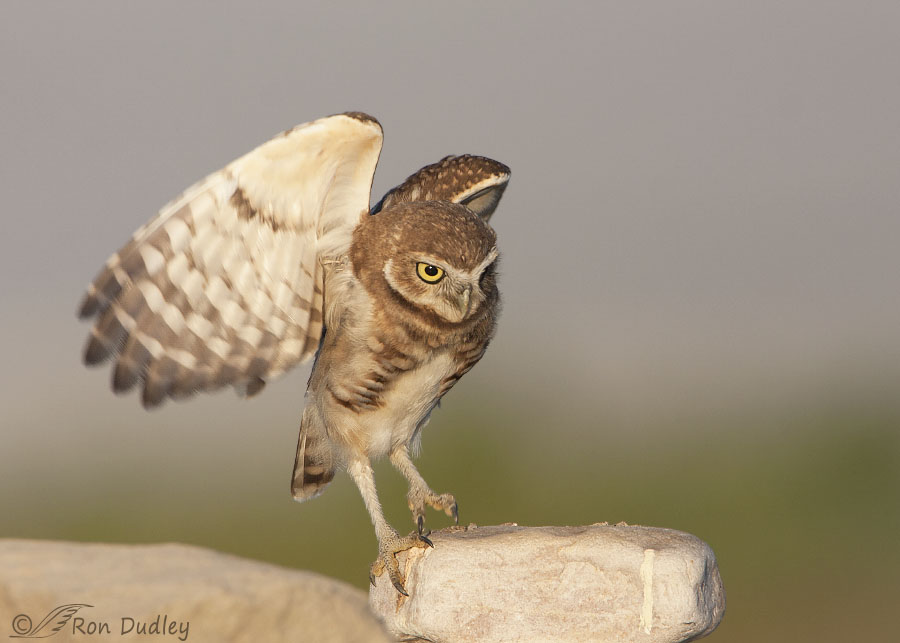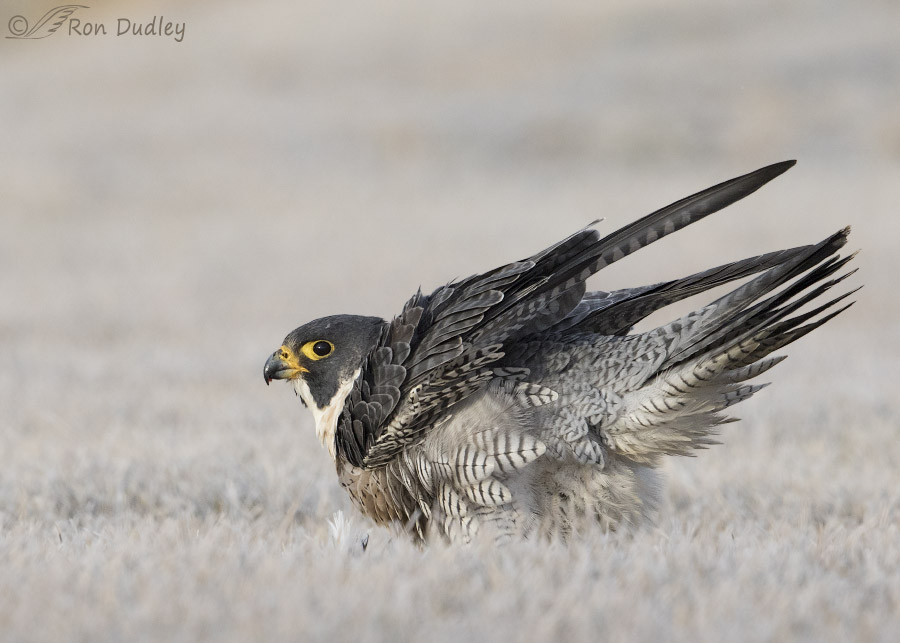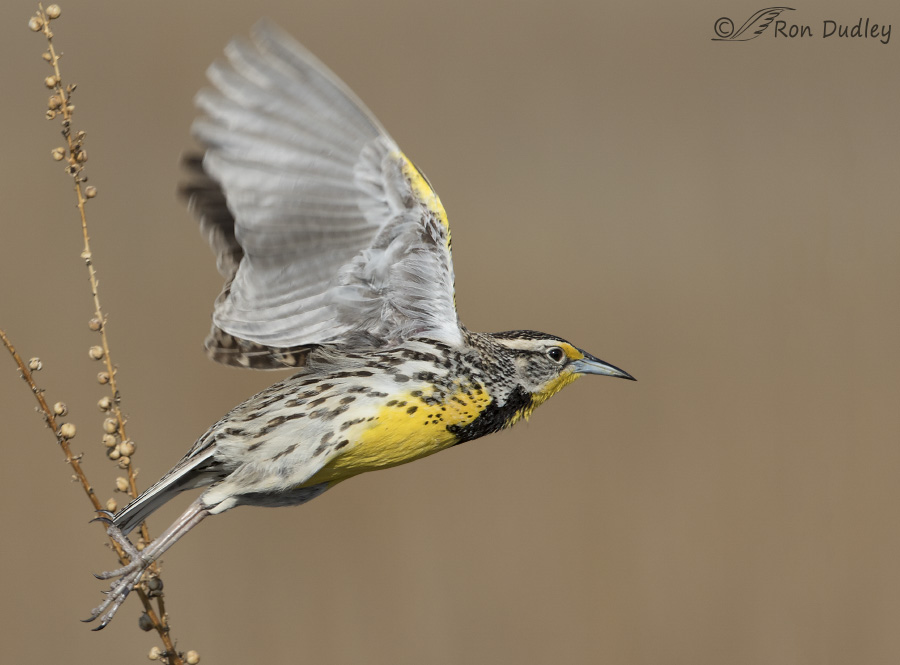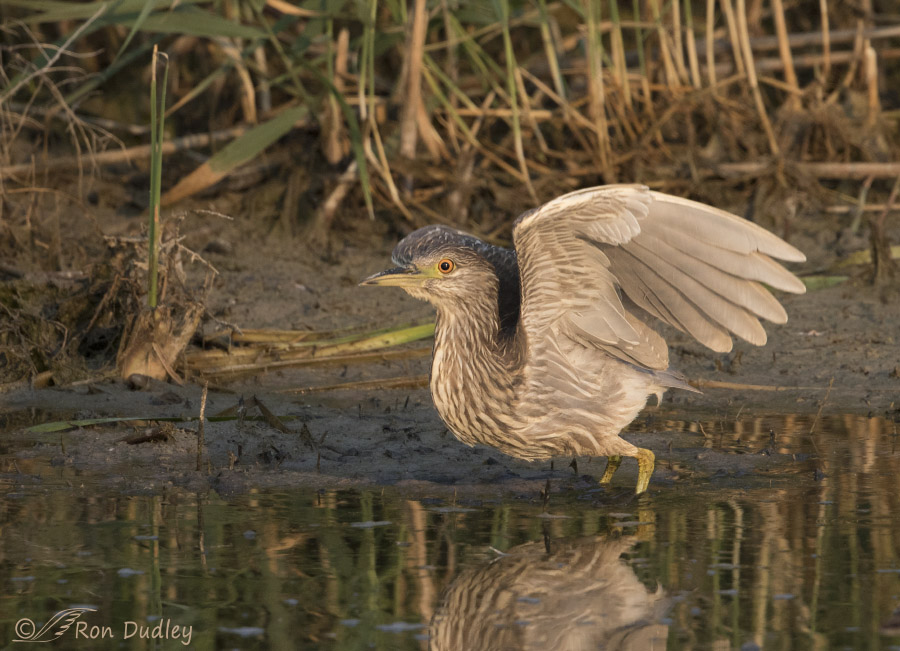Tag: digital noise
A Rousing Peregrine Falcon
Western Meadowlark Takeoffs – Shutter Speeds And Motion Blur
2 Black-crowned Night Herons (and the volatility of shutter speed)
Flaming Gorge Osprey – An Experiment That Worked
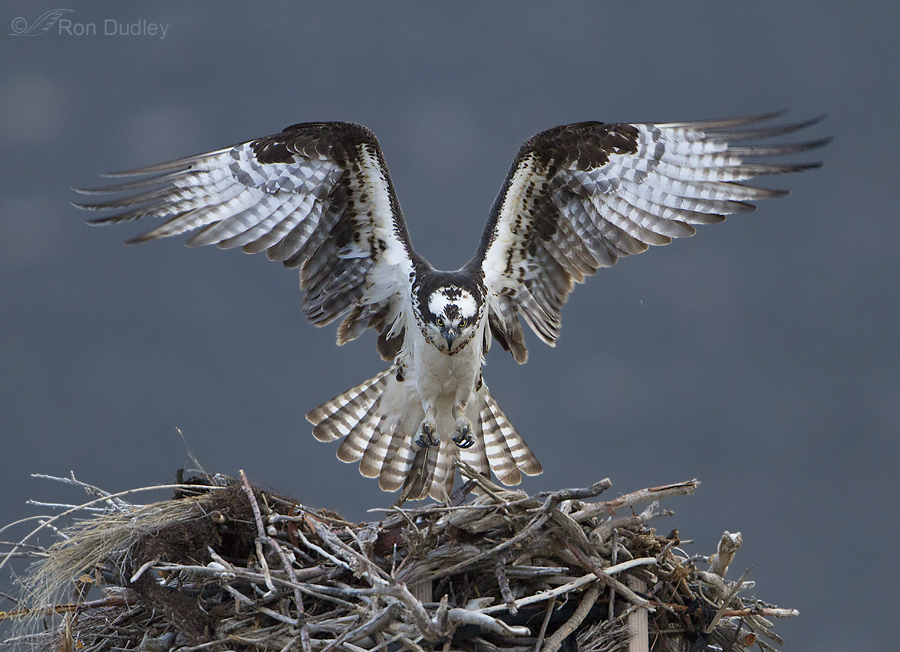
We returned home Thursday after spending three wonderful days camping at Flaming Gorge in NE Utah. This is very close to the view we had on most mornings from our campsites (two of them), though this image was taken the morning before the Osprey photo, below. As you’ll see, the lighting conditions were dramatically different…
The Challenges of Photographing Birds in Flight in Low Light
Photographing birds in flight in relatively low light (dusk, dawn, cloudy conditions etc) isn’t easy. In addition to the expected challenge of locking focus onto a fast and often erratically moving target, in low light you have the problem of getting enough shutter speed to get a moving subject sharp. A potential solution to the problem is “opening up” – increasing the size of the aperture, which is the same as reducing the f-number – say as in changing your setting from f/7.1 to f/5.6. This lets more light into the camera in the same amount of time, allowing for an increase in shutter speed to freeze the motion of the bird. Opening up however has another effect – reducing depth of field, so less of your subject is likely to be tack sharp. Another potential solution is to increase ISO. Increasing ISO in digital cameras has the effect of seeming to increase the sensitivity of the camera’s sensor to light so that faster shutter speeds can be used but the downside to increasing ISO is that it can increase digital noise in the image. Sometimes in bird photography fantastic opportunities with birds in flight present themselves in less than ideal light. Your best chance at an acceptable image under those conditions is to understand the interplay between your camera settings – how changing aperture affects shutter speed and depth of field and how changing ISO affects shutter speed and the production of digital noise. Male Northern Harrier, 1/1250 @ f/11, ISO 800 It’s not often I get a…


